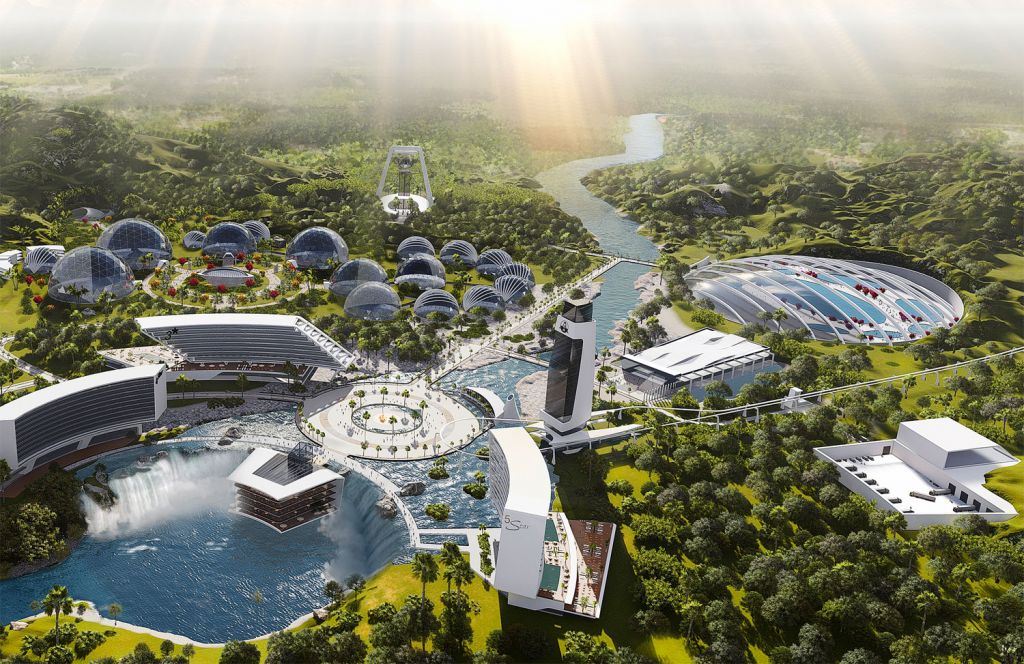
A British eco-warrior who helped make the Cheeky Girls famous is launching a £10Billion project to build a massive 21st Century Noah’s Ark… on dry land.
Former PR guru Richard Prinsloo Curson, 39, has sold his business and London home to embark on the most ambitious conservation structure in history – likened to a cross between the Eden Project, a real-life Jurassic Park and the biblical Ark.
With husband Hein, 35, Richard wants to save animals from extinction and improve the world for generations to come in a state-of-the-art animal and ecological conservation park covering 40 square miles on the North East coast of South Africa.
Richard said: “We all know the original story of Noah’s Ark being in the water, but this will be a ‘land ark’, where an example of a huge number of the earth’s animals and plants will be preserved and conserved.
We want to be part of the solution to the crisis our planet’s ecosystem faces. Our aim is to inspire everyone everywhere to get involved so humanity will work together as one to fight the eco war and protect the circle of life.”
The park will be managed by the Noah’s Ark Foundation, a non-profit organisation which will work to support global projects that prevent deforestation, pollution, hunting and the poaching of wild animals.
Building the ground-breaking project, which starts in August, is a world away from farmer’s son Richard’s humble beginnings in a family of six kids in Wisbech, Cambs. At school he suffered at the hands of bullies but turned his life around to become a showbiz publicist in London, working with the likes of the Cheeky Girls, Alex Reid, and Lee Latchford-Evans from Steps.
The Ark will be made up of 13 geo-domes. Three of them – Amazonian, Polar and Desert – will be the biggest structures of their kind in the world, each with a diameter of 230 metres and height of 30 stories.
The domes alone will cost £3billion to build, with the total cost of the Ark complex expected to hit £10billion. The foundation is calling for people keen on helping save the planet to donate just £5 towards the project at www.noahsark.life/donate.
They will be built using smart glass and sophisticated climate control systems to ensure animals from other continents can feel at home in their own ecosystems under the South African sun.
The Polar Dome, which needs to replicate the entire Arctic ecosystem, and is one of the toughest challenges facing the technology research and development teams. It will include an ice sheet with numerous species of sea-life living in an artificial ocean underneath.
Richard says: “There will be at least two of each species represented and in some cases more. It is difficult to put a number on how many of each species as that is down to the conservationists and scientists to determine. But if you put a male and female polar bear together they may mate, they may not, so there will be some very important groundwork to be done to ensure that the animals we give homes to like each other for a start.
It is not as simple as just throwing in the animals and hoping they will be OK. I wish it were as simple as that. This needs to work, there is no room for mistakes, so lots of work will be done before animals are introduced.
We also need to balance the life in the domes so species can thrive together. We wouldn’t want there to be too many polar bears which then eat all the penguins, for example! And the list of challenges is endless. It’s like making a cake; we need to mix the right amount of the right ingredients.
The domes will be brilliant research facilities for space agencies because they could be used to take life to Mars, for example, re-creating Earth’s micro-climates to establish new worlds and evolve space exploration.”
Richard is also hopeful the scheme will aid South Africa president Cyril Ramaphosa’s efforts to bring positive change to the country. He said: “I am hoping to achieve some kind of official status for the project, so it becomes of national interest and importance.”
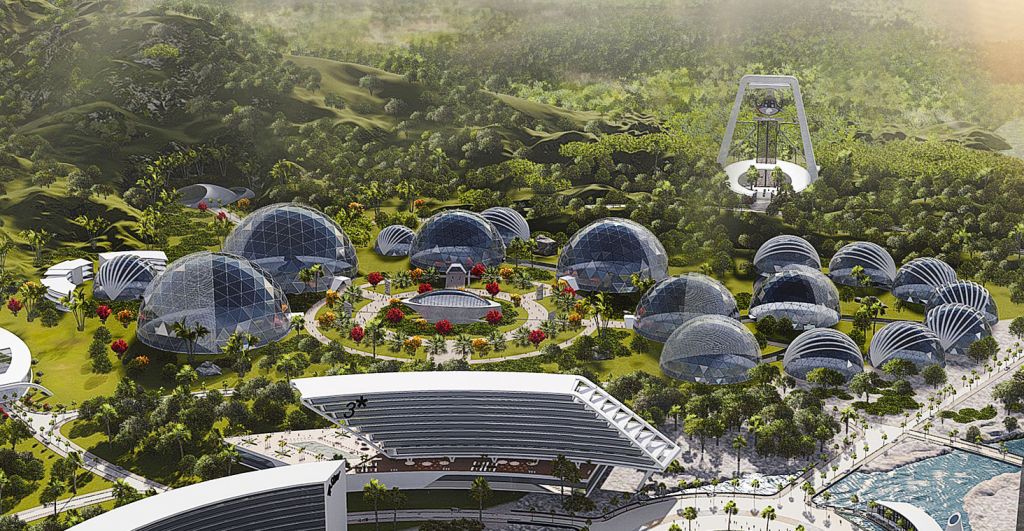
The main domes and some of the species planned:
The Polar Dome
- Polar Bears
- Emperor Penguin
- Seals
- Wandering Albatross
- Killer Whales
- Numerous species of fish and sea life (living under the ice sheet in the dome)
The Amazonian Dome
- Some of the 1000 species of trees including the Rubber Tree
- Plants including the Coffee Plant and Poinsettia
- Poison Dart Frogs
- Sloths
- Jaguars
- Parrots
- Piranha Fish
- Green Anaconda Snake
The Desert Dome
- Baboon
- Hyena
- African Desert Lizard
- Camels
- Wild Dogs
Read more travel-related articles in our dedicated section here.
![]()

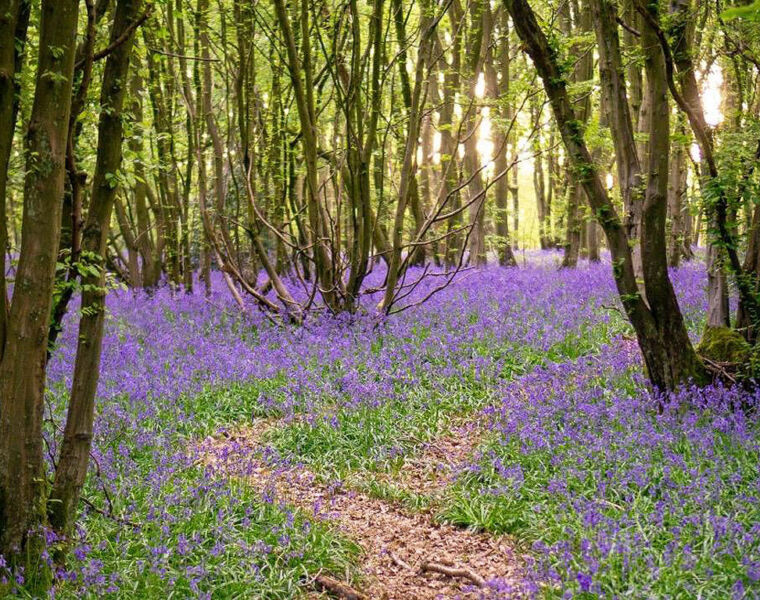
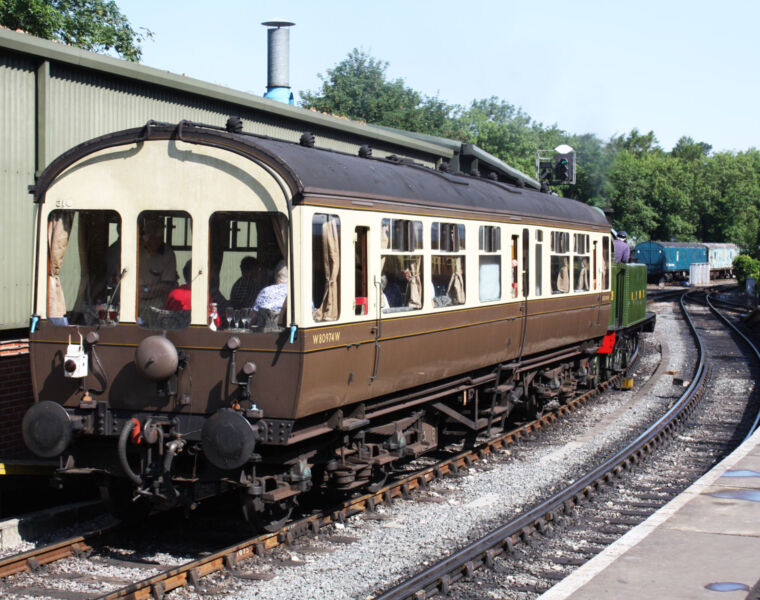
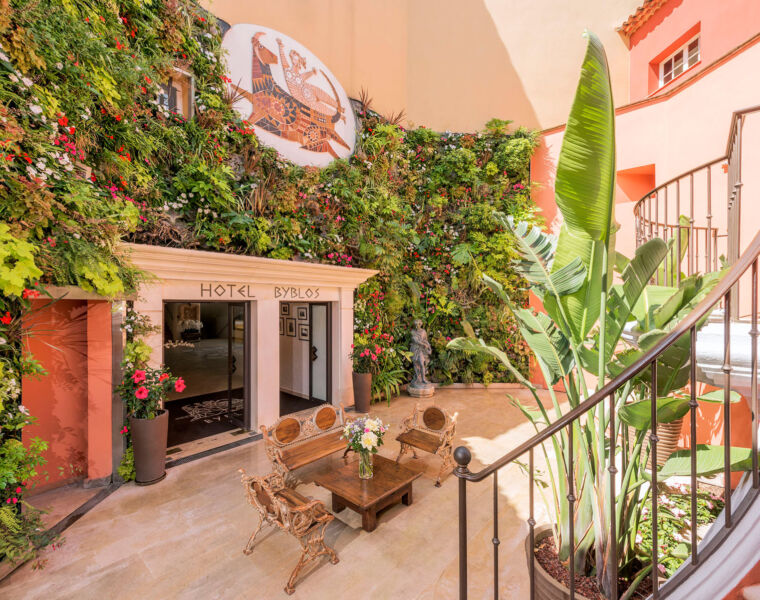
You must be logged in to post a comment.